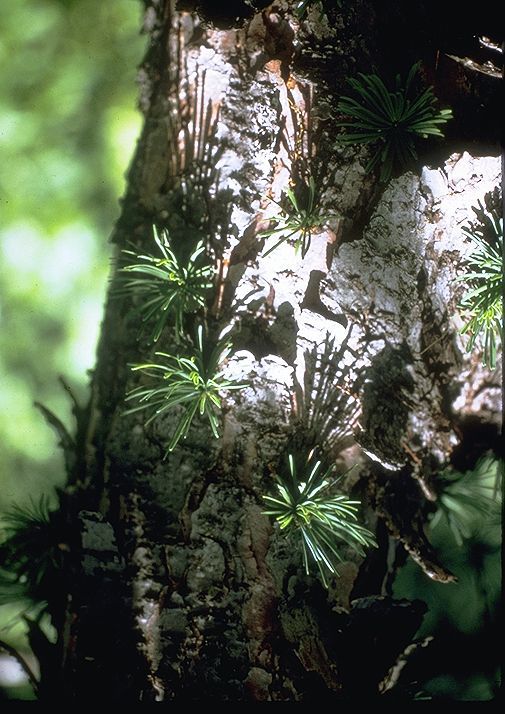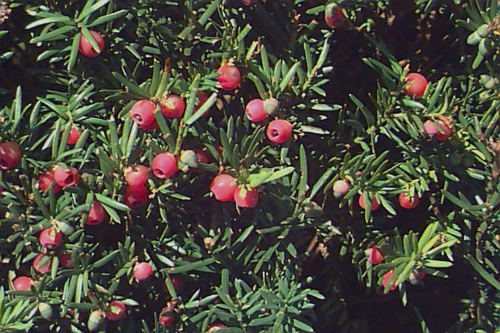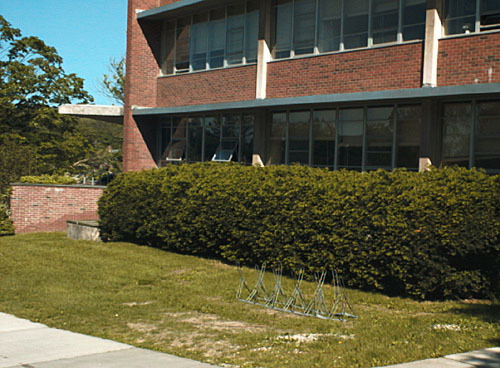Taxus × media, as described in 1906 by by Alfred Rehder (1863-1949), in Hort. Boston is commonly known as hybrid yew, foundation yew or Wellesley yew. It is a synthetic hybrid of English yew (Taxus baccata) and Japanese yew (T. cuspidata), originally crossed around 1900 by T.D. Hartfield at the Hunnewell Estate Pinetum, Wellesley, Massachusetts. Hartfield originally collected the seed from Taxus baccata 'Fastigiata' and there have been numerous other crosses made since then.
At nearly the same time, the same cross was made at the Henry Hicks Nursery in Westbury, Long Island, New York. In this case, T. cuspidata was the seed parent. One seedling from this research was to become the ubiquitous T. × media 'Hicksii,' one of the world's most-planted hedge yew.
Description. Foundation yew is an extremely variable conifer, growing intermediate between its two parents. It tends to be stronger-growing than T. baccata and much hardier.
Hardy to USDA Zone 5 - cold hardiness limit between -20° and -10°F (-28.8°C and -23.3°C).


